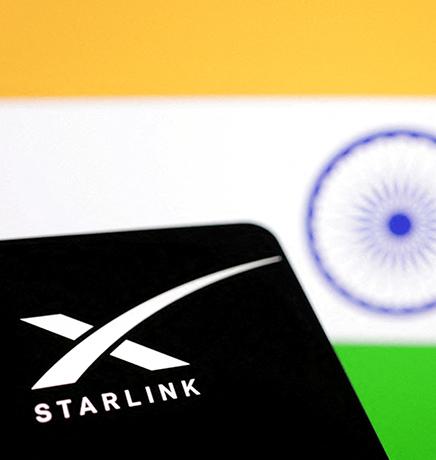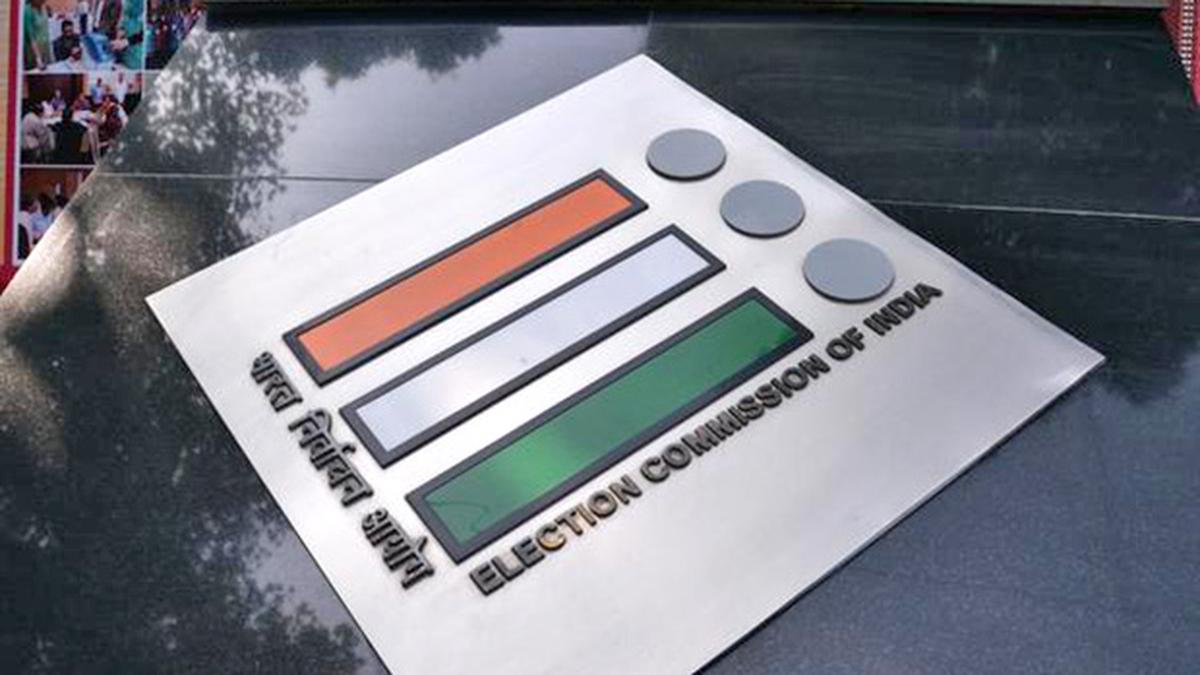Raja Bhabhut Singh Honoured
- 09 Jun 2025
In News:
In June 2025, the Madhya Pradesh Government held a special Cabinet meeting at Pachmarhi, renaming the Pachmarhi Wildlife Sanctuary after Raja Bhabhut Singh, a lesser-known but formidable tribal freedom fighter of the 1857 revolt.
About Raja Bhabhut Singh
- Lineage: Belonged to the Jagirdar family of Harrakot Raikheri, descended from Thakur Ajit Singh. His grandfather, Thakur Mohan Singh, had allied with Peshwa Appa Saheb Bhonsle of Nagpur during the 1819–20 resistance against the British.
- Role in 1857 Revolt:
- A key Gond tribal leader with control over Jabalpur and the Satpura hills.
- Employed guerrilla warfare tactics in the Satpura forests, using deep geographical knowledge to harass British forces.
- Maintained close ties with Tatya Tope, a prominent national leader.
- Martyrdom:
- British deployed the Madras Infantry to capture him.
- He was executed in 1860, and is remembered in Korku tribal folklore.
- Known as the "Shivaji of Narmadachal" for his resistance strategies.
Pachmarhi Wildlife Sanctuary (Now Raja Bhabhut Singh Sanctuary)
- Located in the Satpura mountain range, central Madhya Pradesh, within the Deccan Peninsula biogeographic zone.
- Highest point: Dhoopgarh (1,352 m).
- Forms part of the Satpura Tiger Reserve, along with:
- Satpura National Park
- Bori Wildlife Sanctuary
- Key Biodiversity Zone in Central India.
Korku Tribe Overview
- Region: Mainly in Madhya Pradesh, Chhattisgarh, and Melghat (Maharashtra).
- Occupation: Traditionally agriculturalists; introduced potato and coffee cultivation.
- Society: Patrilineal communities led by traditional headmen.
- Culture:
- Practice ancestral worship through memorial stones called Munda.
- Rich in oral traditions, which preserve the memory of tribal icons like Raja Bhabhut Singh.
Starlink receives DoT licence to launch Satellite Internet in India

- 09 Jun 2025
In News:
- The Department of Telecommunications (DoT) has granted a licence to Elon Musk’s Starlink to provide satellite-based internet services in India.
- Starlink becomes the third company, after Eutelsat OneWeb and Jio Satellite Communications, to receive such approval. A fourth contender, Amazon’s Kuiper, is still awaiting clearance.
What is Starlink?
- Developer: Starlink is a satellite internet system by SpaceX, founded by Elon Musk in 2002.
- Objective: Deliver high-speed, low-latency broadband globally, especially targeting rural and remote areas with limited connectivity.
- Technology:
- Operates a constellation of Low Earth Orbit (LEO) satellites (~550 km altitude).
- Satellites communicate via laser links for inter-satellite data relay, forming a global mesh.
- Ground stations transmit data to satellites, which then beam it to user terminals.
Key Features of Starlink
- Speed: Up to 150 Mbps, with future plans to increase it.
- Latency: As low as 20–25 milliseconds — ideal for video calls and streaming.
- Tech Stack:
- Flat-panel antennas for easy user access.
- Argon-powered ion thrusters for satellite positioning.
- Space lasers for fast inter-satellite communication.
- Deployment: Satellites launched via Falcon 9 rockets with regular updates.
- Scale: Plans to deploy up to 42,000 satellites globally.
Significance for India
- Bridging the Digital Divide: Ensures internet access in rural, remote, and disaster-prone regions.
- Reduced Infrastructure Dependency: Less reliance on fibre optics and mobile towers in hard-to-reach areas.
- Boost to Digital Economy: Enhances competition in India’s broadband sector, especially in Tier 2 and Tier 3 cities.
- Security Compliance: Starlink must adhere to India’s security norms, including lawful interception requirements, before commercial rollout.
- Next Steps: Will receive trial spectrum within 15–20 days post-application.
Ranthambore Tiger Reserve

- 09 Jun 2025
In News:
The Supreme Court of India has recently ordered the Rajasthan government to impose an immediate ban on all mining activities within the core area of the Ranthambore Tiger Reserve, citing concerns over wildlife protection and habitat preservation.
About Ranthambore Tiger Reserve
- Location: Sawai Madhopur district, southeastern Rajasthan.
- Named After: Ranthambore Fort, a UNESCO World Heritage Site, located within the reserve.
- Geographical Boundaries:
- North: Bounded by the Banas River
- South: Bounded by the Chambal River
- Terrain: High rocky plateaus, valleys, rivers, lakes, and historic ruins including forts and mosques.
- Total Area: ~1,411 sq.km, making it one of the largest tiger reserves in northern India.
- Surrounding Ranges: Located at the confluence of the Aravalli and Vindhya hill ranges.
Ecology and Biodiversity
Vegetation: Dominated by dry deciduous forests and open grassy meadows.
- Flora:
- Predominantly Dhok tree (Anogeissus pendula).
- Other species: Acacia, Capparis, Zizyphus, Prosopis, etc.
Water Bodies:
- Important lakes include:
- Padam Talab
- Raj Bagh Talab
- Malik Talab
Fauna:
- Apex predator: Royal Bengal Tiger
- Other mammals:
- Leopard, Caracal, Jungle Cat
- Sambar, Chital, Chinkara, Wild Boar
Historical Significance: Previously served as the royal hunting grounds of the Maharajas of Jaipur.
RBI Revises LTV Ratio for Gold-Backed Loans
- 09 Jun 2025
In News:
- The Reserve Bank of India (RBI) has announced revised guidelines to enhance formal sector lending and ease credit access for small-ticket gold loan borrowers, especially in rural and semi-urban areas.
- The new norms focus on raising the Loan-to-Value (LTV) ratio for gold-backed loans up to ?5 lakh and simplifying appraisal norms for such loans.
What is the Loan-to-Value (LTV) Ratio?
- Definition: The LTV ratio is the percentage of a collateral’s value that a lender offers as a loan.
- Formula:
LTV Ratio= (Loan Amount / Appraised Value of Asset) × 100
- A higher LTV indicates greater credit against the same asset but also entails higher risk for the lender.
- Assets like gold, with a stable value and liquid secondary market, are more "desirable" as collateral, often attracting higher LTVs.
Revised RBI Guidelines (June 2025): LTV Ratio for Gold Loans
Loan Amount Revised LTV Ratio Previous LTV (Draft April 2025)
Up to ?2.5 lakh 85% 75%
?2.5 lakh – ?5 lakh 80% 75%
Above ?5 lakh 75% 75%
- The interest component is included in the LTV calculation.
- The move reverses the uniform 75% LTV cap proposed in the April 2025 draft norms.
Additional Key Features
- No credit appraisal required for loans up to ?2.5 lakh.
- End-use monitoring is necessary only if the borrower wishes to qualify the loan under priority sector lending.
- The average ticket size of gold loans (~?1.2 lakh) is expected to increase due to relaxed norms.
- These loans are crucial for middle-class, lower middle-class, self-employed, and small businesses, often lacking formal income proof.
Rationale and Impact
- The revised norms aim to:
- Enhance credit accessibility.
- Prevent migration of borrowers to informal lenders.
- Boost financial inclusion and formalize rural credit ecosystems.
- Industry experts and NBFCs like Muthoot FinCorp and Shriram Finance have welcomed the move, noting it would benefit women, rural borrowers, and small traders.
- Shares of leading gold loan NBFCs like Muthoot Finance, Manappuram Finance, and IIFL Finance witnessed a sharp increase following the announcement.
Index Cards

- 09 Jun 2025
In News:
The Election Commission of India (ECI) has recently upgraded the mechanism for generating Index Cards, making it more technology-driven and automated. Index Cards are a non-statutory, post-election statistical reporting format developed suo moto by the ECI to enhance transparency and accessibility of electoral data at the constituency level.
Purpose and Utility
Index Cards are designed to compile and disseminate election-related data for use by:
- Researchers
- Academia
- Journalists
- Policymakers
- The general public
Scope of Information
The Index Cards provide a wide range of data, including:
- Candidate-wise and party-wise vote share
- Electors and votes polled/counted
- Gender-based voting patterns
- Regional variations in voter turnout
- Performance of:
- National and State parties
- Registered Unrecognised Political Parties (RUPPs)
- Participation of women voters
- Winning candidates' analyses
- State/PC/AC-wise elector details and number of polling stations
Technological Upgrade
Earlier, data was manually filled into physical Index Cards at the constituency level using various statutory formats. These were later digitized for statistical reporting, resulting in delays and inefficiencies.
The 2025 upgrade has:
- Replaced the manual system with an automated, data-integrated mechanism
- Ensured faster and more reliable reporting
- Improved the timeliness of data dissemination
Nature of Data
- Index Cards are based on secondary data used exclusively for academic and research purposes.
- Primary and final electoral data is maintained in statutory forms by the respective Returning Officers.
